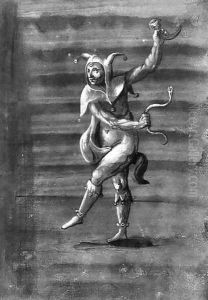School Of Basel Paintings
The School of Basel refers not to a single artist, but to a group of artists and a tradition of art that flourished in the city of Basel, Switzerland, roughly from the 15th century into the 17th century. This period was characterized by a rich development in painting, printmaking, and book illustration, reflecting the vibrant cultural and intellectual life of Basel. The city became a hub for humanist scholars, theologians, and artists, partly due to the presence of the University of Basel, founded in 1460, and its role as a center for the printing and publishing industry.
In the 15th century, artists of the School of Basel were influenced by the Gothic tradition, yet they began to incorporate elements of the early Renaissance, such as attention to human emotion, naturalistic detail, and the use of perspective. This transition is evident in the works of artists like Martin Schongauer, who, although more closely associated with the Rhine region, had a significant influence on Basel's artists through his engravings.
The 16th century saw Basel becoming an important center for the Reformation, especially with figures like Erasmus of Rotterdam residing there and the presence of the reformer Johannes Oecolampadius. The art produced during this time reflected the turbulent religious changes, with artists such as Hans Holbein the Younger leading the way. Holbein's tenure in Basel from 1515 to 1532 marked a high point for the School of Basel, with his remarkable portraits, religious works, and designs for stained glass and decorations embodying the fusion of Gothic tradition and Renaissance ideals. His departure for England in 1532, however, marked a significant loss for the Basel art community.
Throughout the 17th century, the influence of the School of Basel waned as the center of artistic innovation shifted to other parts of Europe. However, the legacy of its artists continued to influence European art, particularly through the dissemination of their works in print form. The School of Basel is remembered for its contribution to the development of Swiss art and its role in the broader European Renaissance, blending local traditions with new ideas from Italy, Germany, and the Netherlands.
